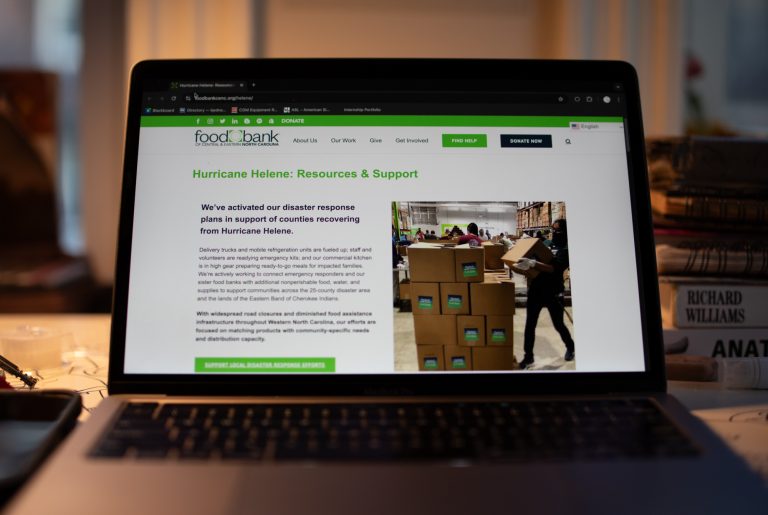
Part 2 in a series. Read Part 1 here.
In the first installment of this series, I discussed the small losses of everyday life and how important it is for parents to try to tolerate their children’s sadness when they experience these small losses.
In this installment, I will discuss another kind of loss—the kind of loss kids can suffer without it necessarily being recognized, called “ambiguous loss.”
Ambiguous loss may not involve death. It occurs slowly or when something otherwise considered good is happening.
This kind of loss can involve a grandmother who is slowly losing her memory. It can involve missing a sibling who has gone away to camp or to college. It can involve a parent who has gotten a new job and has to work longer hours. It can even involve someone who is still present but who seems psychologically absent because they are depressed. Or it can involve the loss of someone who is not available because they are in mourning themselves, such as a father whose own father has died.
Pauline Boss coined this term after her own childhood experience, which she wrote about in her book Ambiguous Loss: Learning to Live With Unresolved Grief.
Boss grew up with a father who had emigrated from Switzerland. As a child, she noticed a pervasive sadness about him, but she did not understand where it came from. She felt that her father was absent sometimes when he was actually present. No one in her family talked about this. Only later in her life did she realize that her father’s sadness originated from having left his homeland and his family and that, as a sensitive child, she had picked up on his powerful missing feelings.
In the course of her research on the subject, Boss studied two types of families: one type being families in which the fathers were too busy working to take an active part in raising their children and the other type being the families of fighter pilots who were missing in action. In the first kind of family, she noted that the fathers were psychologically absent from their children’s lives but physically present. In the other type of family, the fathers were psychologically present but physically absent. She saw that each type of family lived in a kind of limbo where their losses were not really named but where there was sorrow and grief anyway.
It is Boss who defined ambiguous loss as a situation of unclear loss in which it is not known if a loved one is dead or alive, absent or present.
And she has pointed out that ambiguous loss is stressful and produces anxiety that blocks coping and understanding.
We can extend the concept of ambiguous loss to describe the experience of most children and adults during the COVID-19 pandemic, just as Boss did in her later book, The Myth of Closure: Ambiguous Loss in a Time of Pandemic and Change.
Ambiguous loss was ubiquitous from 2020 to 2022. Even those of us who did not lose loved ones to illness lost other things during this time, including our normal way of life, our sense of safety, and our freedom to go where we pleased. And in the times of quarantine, we all lost our ability to be with friends and family, to go to school or work, and to go about our daily lives as we had previously.
For children who were born during this time or who were small, opportunities to socialize with other babies and small children were lost. Opportunities to attend playgroups and pre-school were lost. For those who were older, the school experience was drastically different and, in many cases, not sufficient to promote age-appropriate learning or socialization.
These are losses that we are beginning to name but which we don’t yet know enough about.
Even without a pandemic, ambiguous loss happens all the time. For example, ambiguous loss occurs when a teenager gets ready to go to college and then leaves. The teenager loses her childhood home and the proximity of her parents. The parents lose the everyday presence of their child. Siblings lose the presence of that sister or brother in the house.
Going to college is supposed to be a happy event. The teen is going there to study, to meet others, to learn how to be independent and to find out where their interests lie. But there are also many losses involved in this “happy” event.
Ambiguous loss also occurs as couples decide to separate and then move into different apartments or houses.
No one has died, but a way of life has ended.
Ambiguous loss occurs when a child “graduates” from preschool to kindergarten or from middle school to high school. These kids are usually happy and excited, but they may also be anxious or sad. They are leaving behind the familiarity of the old building, the usual classmates, and the well-known routine.
And what about kids whose families decide to move to a “nicer” house or to a safer neighborhood? Or even those kids who must emigrate from their homes to move to a safer location within their country because their town is under attack? Or those who must move to another country because their country is at war?
For the adults involved, these moves make sense. For the children, this sort of move may feel unwanted, scary, or even devastating.
Ambiguous loss is a sort of loss that is much subtler than loss due to death. But it is still painful, and it is still felt by children and adults alike. These losses are not always acknowledged—and unacknowledged losses are harder for people to process.
As Boss says, “Ambiguous loss is always stressful and often tormenting.”
In the decades following Boss’s original research, she treated the families of Alzheimer’s patients, families whose loved ones had died in natural disasters but whose bodies had never been recovered, and the families of those lost on 9/11. She said that for these families, their losses existed without any conclusion or resolution. She talked about the grief in these families as often being “frozen.”
Similarly, the grief of many children who have had a sibling leave for camp or college or the military or who have left home for a supposedly better or safer home may end up with certain feelings about the experience left unacknowledged and frozen.
We need to take the trouble to try to recognize children’s otherwise unacknowledged losses, to speak about them with the child, and to support the child’s feelings about the loss, whatever these feelings may be. In other words, we need to bring these things up, even if our children are not talking about them. We can initiate the conversation, we can talk about similar losses we have experienced, we can talk about our own feelings, and then we can see what the child does with this and follow their lead. Do they seem to need to talk more? Or do they seem satisfied?
In reading Boss’s books and in thinking about the concept of ambiguous loss, I have come to appreciate some of the ambiguous losses that I experienced early in my own life: the strange absence of grandparents who didn’t live so far away but who almost never came to visit, the sudden disappearance of the old red chair in the basement which was my favorite place to curl up, my father’s slow retreat into work and long naps, my mother’s strange helplessness after my father’s early death. None of these were discussed or even mentioned. But I reflect on them at the ripe age of 69, realizing that I would have been better off if they could have been talked about and if my feelings about them could have been elicited and acknowledged.



